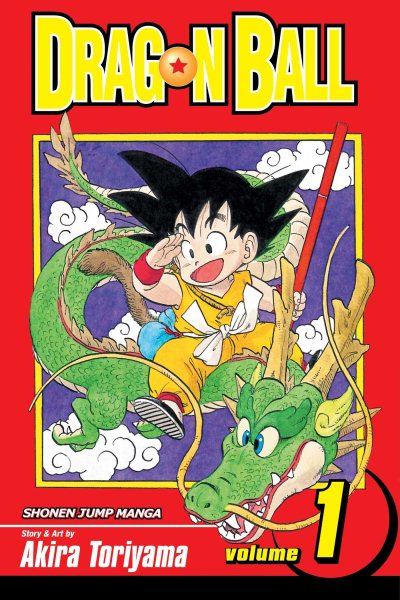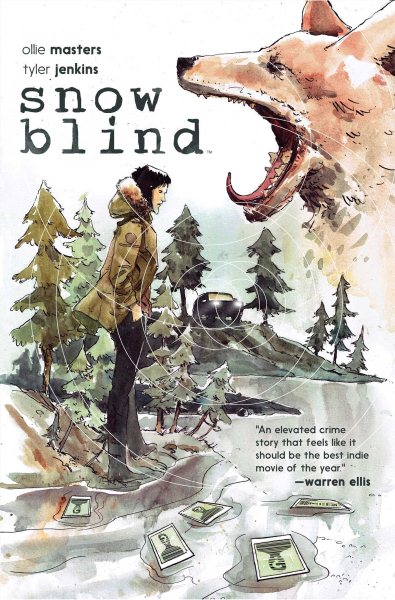Biblio File
Every Day Is Free Comic Book Day at the Library

It’s the most wonderful time of the year! Every year, on the first Saturday in May, excited readers rejoice in Free Comic Book Day and flock to their local comic shops to pick up special issues of debut titles, new installments of old favorite series, and much more.
If it’s been a while since you’ve read comics, you’re in for a pleasant surprise. They go far beyond masked strongmen in tights; there’s a huge variety of genres, characters, storylines, age ranges, and so much more.
In honor of Free Comic Book Day — this year on Saturday, May 6 — we’ve written up a primer on comics and graphic novels.
Aren’t comics for kids?
No. Some of the most innovative, interesting comics are written for teens and adults.
But aren’t some comics for kids?
Yes! And they improve early literacy and have huge benefits for reading development in kids and teens, too. Forget that old stigma for once and for all: Reading comics is reading, period.
What’s the difference between comics and graphic novels?
There are as many answers to this question as there are shadows in the Bat Cave.
As a very — very — general rule, comics originally come out as single, floppy issues and graphic novels are longer and bound like books.
Comics are usually (but not always)…
- Floppy (or were once floppy, before they were anthologized)
- Released as single issues
- Part of a series that progresses with multiple story arcs
- Written by author/illustrator teams
- Featuring enduring characters who reappear over and over
Graphic novels are usually (but not always)…
- Not floppy, but bound with a stiffer spine, like a book
- Stories that could stand alone or be part of a series
- Written by a single author/illustrator team (only sometimes!!)
- Similar to a short story or a novel
Another rule of thumb: Comics are a medium and graphic novels are a format — so, comics can be presented in many ways (strips in newspapers, individual books, online, anthologized into graphic novels) while graphic novels are discrete entities.
What are the different genres of comics and graphic novels?
So glad you asked! Here’s a handy guide of just a few:
Superhero




Cartoon-based




Fantasy, Magical Realism, & Mythology (Monstress, Lumberjanes, Sabrina)




Science-fiction




Manga




Memoir




Historic




Realistic




Libraries have all these and many more on our shelves — so once you’ve picked up your free copies, head to a branch to check out new genres and back issues. Expand your horizons, and visit your library AND your indie comic shop this Saturday. (Find your local library here and your local comic book shop here.)
Where can I learn more?
- Understanding Comics by Scott McCloud (plus, watch McCloud's TED Talk online)
- Unflattening by Nick Sousanis
- Graphic Storytelling and Visual Narrative: Principles and Practices from the Legendary Cartoonist by Will Eisner
- Comics at NYPL: A Research Guide
- Rare Book Division comic book collection
- NYPL's Spirit of Will Eisner exhibition
Have more genres to add or more thoughts about comics? Let us know in the comments.
---
Have trouble reading standard print? Many of these titles are available in formats for patrons with print disabilities.
Staff picks are chosen by NYPL staff members and are not intended to be comprehensive lists. We'd love to hear your ideas too, so leave a comment and tell us what you’d recommend. And check out our Staff Picks browse tool for more recommendations!
Read E-Books with SimplyE
 With your library card, it's easier than ever to choose from more than 300,000 e-books on SimplyE, The New York Public Library's free e-reader app. Gain access to digital resources for all ages, including e-books, audiobooks, databases, and more.
With your library card, it's easier than ever to choose from more than 300,000 e-books on SimplyE, The New York Public Library's free e-reader app. Gain access to digital resources for all ages, including e-books, audiobooks, databases, and more.
If you don’t have an NYPL library card, New York State residents can apply for a digital card online or through SimplyE (available on the App Store or Google Play).
Need more help? Read our guide to using SimplyE.